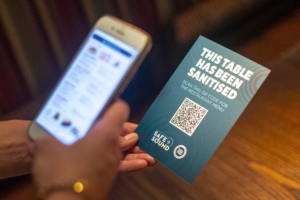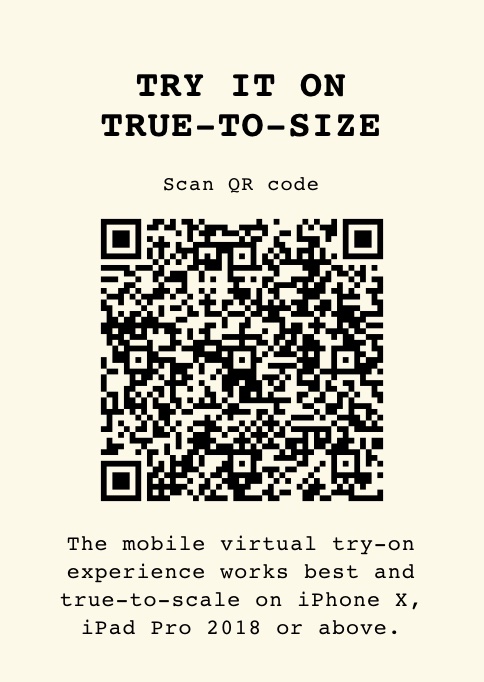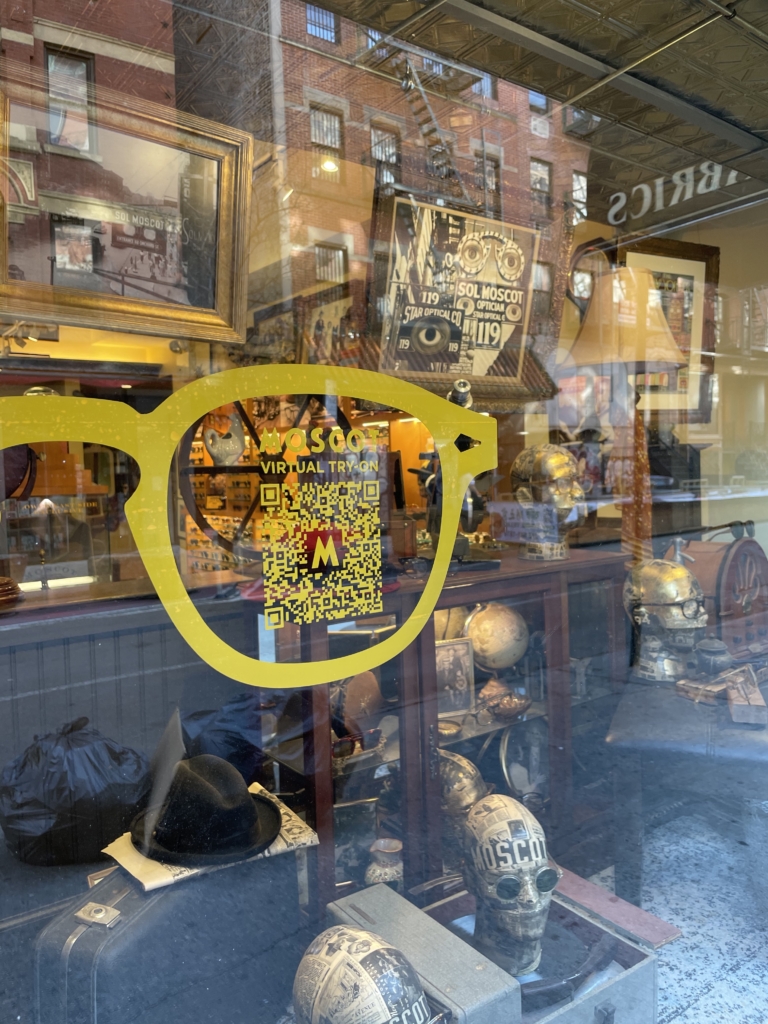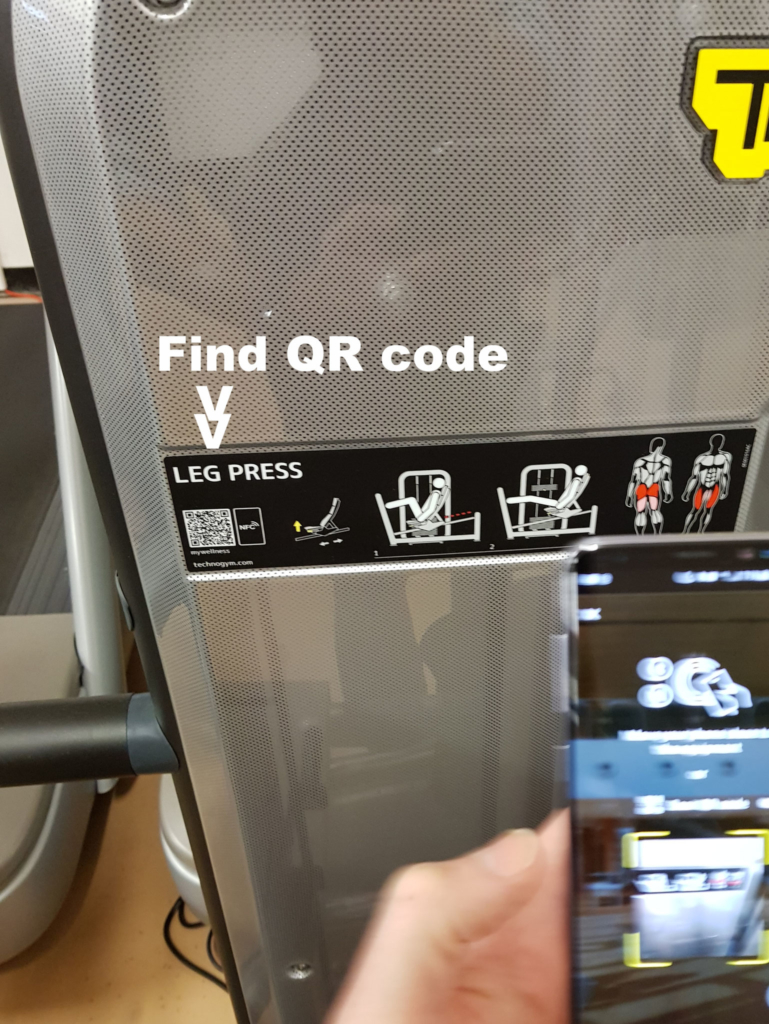When Denso Wave created the QR code in 1994, to improve the manufacturing process of vehicles and parts, the idea of smartphones and AR commerce was not even a thought. Almost 30 years later QR codes can be found anywhere from the gym to restaurant menus.
How did this change happen? And where will the future take QR codes?
The first QR code scanner and reader apps were released in 2010 for a variety of smartphones in the US. QR codes gained prominence from big box retailers such as Macy’s and Best Buy using them in-store and online. By 2011, 14 million American mobile users scanned a QR code.
So what happened?
Well in the early 2010s QR codes simply weren’t made for easy data collection and integration. Different QR codes needed different apps to connect, and when the QR code did work users would usually be sent to a desktop version of the company’s website page just to see an ad copy or a small coupon.
The downfall was inevitable in a world excited for quick connections – QR codes weren’t there yet.
2017 brought QR codes back to the forefront with the iOS 11 update, allowing QR codes to be scanned directly through the camera. Making QR codes native to most phones in American’s pockets. While this update allowed for easier scanning and data connection for QR codes, the hype was still low and the QR code feature fell off trends.
Then everything changed in 2020
The 2020 Covid pandemic brought QR codes back to the forefront – again – of American life. Surfaces and objects that needed to be cleansed such as restaurant menus, put QR codes back in the spotlight. With so many Americans using QR codes, and with the ease of actually using the them and being able to aim your phone’s camera at the code, companies and brands put QR codes back on their ads and websites.

Since the pandemic began, QR code use in the U.S. has increased by 11%. This makes QR codes a fast-growing opportunity to reach your audience and deliver a memorable experience.
QR codes today
Now that the pandemic has put QR codes front and center, we are seeing them pop up all over our daily lives.
Gyms are using QR codes to show members how they can use machines and if machines have been cleaned.
Retailers are using QR codes in-store for customers to find a product online if it’s not in stock at the location they’re in.
Restaurants are still using QR code menus and even contactless pay.
One Vertebrae customer, MOSCOT, has innovated the QR code by adding it to the outside of its shop window to allow customers walking by to virtually try-on their eyewear when the customer can’t enter the shop.

ECommerce retailers are using QR codes in their AR commerce to allow customers easy access to an AR experience from whatever device they’re using.
With 51% of people shopping online from their laptop or desktop computer, companies have been using QR codes so customers can easily access an AR experience right on their phone even if they’re not shopping directly on their phone.
It feels like we’re already in the future right? Not just yet, more is coming.
How can your brand use QR codes?
Here are some ways your brand can lead the way with QR codes to stay in touch with your customers and have a competitive edge:
- Stand out from the competitive market by using QR codes to showcase details and specs of your products with AR experiences and virtual try-on’s in-store and online.
- Do you have a long FAQ page on your brand’s website? Use QR codes linking to 3D & AR experiences to help answer customers question about size, look, and color of a product
- Create a connection and brand recognition with potential customers before your new store opens! Use QR codes on your new store front before opening day for people walking by to see what your store may look like, have in stock, and get an idea of the overall experience they will have when opening day comes.
- Use QR codes to call out exciting specs of a product that a customer may not realize just by looking at.
- If your store doesn’t have space to show products built out, like car seats or furniture, QR codes can be used to show consumers how items will look built together without the physical product being there.
- Participating in a trade show? Save thousands of dollars by using QR codes to share marketing materials, instead of shipping physical copies.
Ready to get started with your AR commerce? Connect with us today!
Learn about virtual try-on and how it’s changing the shopping experience online.



